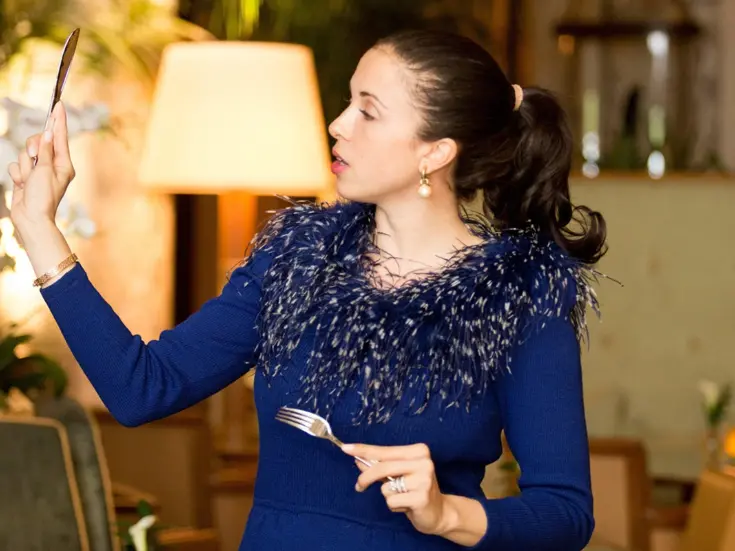This has been a wonderful summer for country houses.
This has been a wonderful summer for country houses. More really splendid examples have been coming onto the market than I can remember. The palm goes to Chicheley Hall in Buckinghamshire, an exquisite piece of early Georgian architecture, with a zing of Baroque to stop the perfect proportions from becoming dull. Its chatelaine being Lady Nutting, chairman of the Georgian Group, the whole place is kept up to the nines and decorated in the acme of taste.
As editor at large of Country Life, I bow down beforehe great Sir Edwin Lutyens: he built no fewer than three country houses for the magazine’s founder Edward Hudson, as well as the Country Life office beside Covent Garden (the gutters being strewn with discarded cabbages from the old vegetable market, Covent Garden was thought the be the closest thing you could get to the countryside in London). Marshcourt in Hampshire is one of two Lutyens stunners now on the market, the other being Folly Farm in Berkshire. Marshcourt is a particular wonderment. Built out of clunch, or hardened chalk, it is a brilliant-white apparition above the famous river
Test – hardly a durable material, you might well think after having leant against one of the walls of the entrance passage and found that the shoulder of your jacket has turned white. But it is in immaculate condition. My former chief sub-editor began her working life in the house when it was a boy’s prep school, owned by her parents; she was matron. The house bears no memory of school dorms now. A couple of real beauties come from the 17th century. Were Winslow Hall in Buckinghamshire a painting, it would sell for an unimaginable sum, being the only surviving country house by Britain’s greatest architect Sir Christopher Wren. What a collector’s item. As it is, the price tag of £3 million seems absurdly reasonable – perhaps reflecting the road that runs nearby.
Wren built St Paul’s Cathedral, over 50 City churches, a couple of palaces and the Royal Seaman’s Hospital at Greenwich, but hardly any houses; the client only got this one out of his because he was Secretary to the Treasury (such fonctionnaires did well for themselves; this one, William Lowndes, gave his name to Lowndes Square in London). From the other end of the same century comes Newton Surmaville, a Somerset manor house which is only marginally compromised by its position on the edge of Yeovil. To me, this is perfection: a mellow house with good panelling, family pictures and interesting fireplaces, filled with furniture that seems not to have been moved since it was brought there in Charles II’s reign. You would never be lonely; the place is full of friendly ghosts. I hope the new owner buys the whole ensemble – the sedan chair, the chest of Napoleonic militia uniforms, the lumpy four-poster beds (you could change the mattresses), the pewter plates, the Flemish tapestries of Old Testament scenes.
Whereas Knight Frank want £17 million for Marshcourt, Savills are asking £6 million for Newton Surmaville with its 290-acre estate. The 17th century is a sleeping beauty, still waiting to be kissed by fashion. It is a complex century, without a stylistic handle like Tudor, Georgian or Victorian for the punter to get hold of. (Stuart would work, were it not for the Commonwealth breaking the century in two; house buyers might confuse the term Caroline, as used by art historians to refer to the reigns of the two Charleses, with their agent’s PA at Strutt and Parker.) The architecture was transitional, still trying to repent of the show-off excesses of the Elizabethans but not self-disciplined enough to suffer the purity of 18th-cenutry Palladianism (although there was a harbinger of it in Inigo Jones). These difficulties trouble 21st-century purchasers more than they did critics of other times. The Victorians loathed the uniformity of Georgian terraces, and whole squares – not to mention the town palaces of the aristocracy – were knocked down between the Wars. By contrast, 19th century architects and connoisseurs loved the Stuart periods, which breathed all the colour and romance of the ‘Olden Time’. Armour, including that of the Civil War, was enormously prized. Who collects it now?
Across the North Sea, they see things differently. To the Dutch, the 17th century will always be a Golden Age, in which hard-won independence from Spain yielded a rich mercantile and artistic harvest. Visiting the Dutch Portraits exhibition (showing at the National Gallery in London until September 16) and then at the Mauritshuis in The Hague, I felt I almost knew the people: assured, wind-tousled Pieter van den Broeke, painted by Frans Hals; the ludicrous Young Man recorded, deadpan, by Gerard ter Borch, exactly as overdressed and vacuous as he must have been in life; the rheumy-eyed old codger whom Rembrandt portrayed with collar and hat awry in 1667. Rembrandt was a genius, Hals a virtuoso, ter Borch had his good days – no wonder the portraits seem to jump out of their frames. But I couldn’t help feeling another kind of kinship. Take away the moustaches, and it is possible to imagine the more sober of these black-suited men – self-possessed, doing well – walking busily across the piazzas of Canary Wharf, or talking seriously about Gordon Brown. The less sober: well, there are plenty of those faces emerging from White’s or the Garrick Club mid-afternoon. Silly burghers, you might say.
The people in these portraits were open-minded, liberal, interested in science and medicine (think of the Anatomy Lesson of Dr Tulp). Trade was making them very rich. It wasn’t only in heaven that tolerance had its reward: Amsterdam was becoming so commercially dominant that Oliver Cromwell, not usually known for his ecumenical principles, was forced to admit Jews back into England. Children were appreciated, sometimes being painted on their own, otherwise as part of family groups. Hals’s portrait of little Catharina Hooft, dressed in gold brocade and lace, shows her with her nurse; a considerable extravagance given the cost of having the portrait painted, but no doubt good nannies were hard to find.
There were differences from ourselves. Time’s winged chariot hurried by rather more quickly for these people than it does for us. The reason for those depictions of children was that the subjects didn’t always have long to live. Sometimes the artist arrived too late and they were painted after having died. Women’s fashions have changed a bit. You have to look to the court of Charles II, painted by Lely and diarised by Samuel Pepys, to find the sort of buccaneering females who, if the embonpoint were slimmed down a bit, might cavort with Paris Hilton. But the combination of opulence and discretion, great wealth masked by dark clothes and domesticity – above all, the desire to have their own features recorded and displayed – surely chime with the modern world. Ambition was balanced by insecurity; scientific inquiry existed beside superstition. They could laugh at themselves. I think the 17th century is set for a come back. Buy now.








